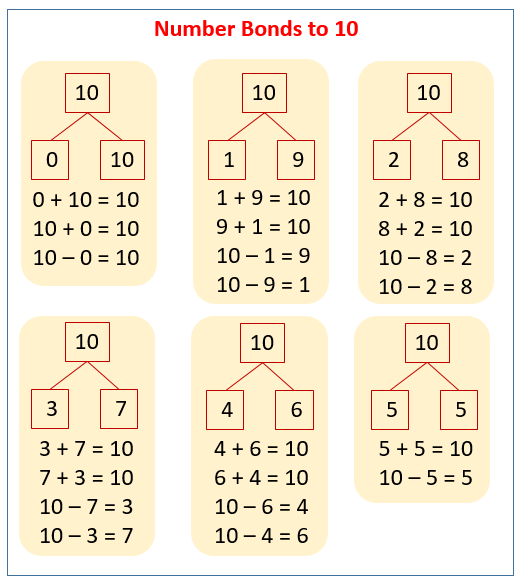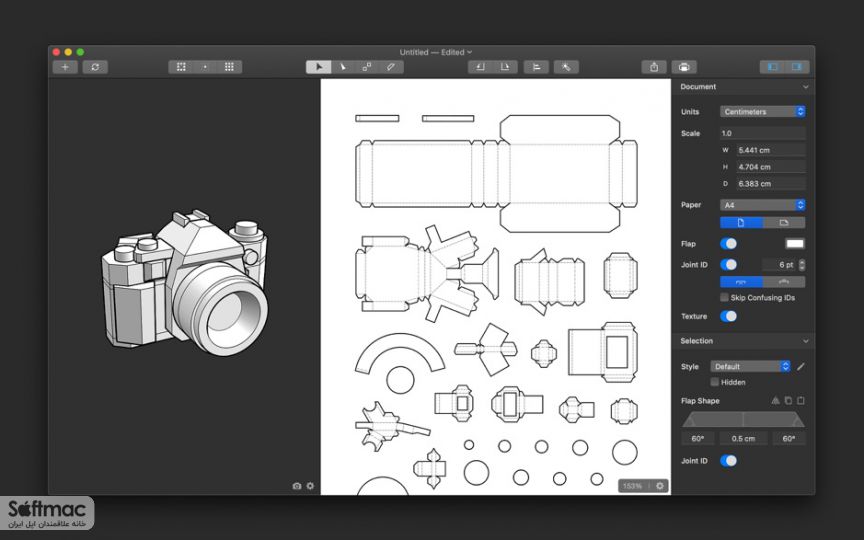- 4.5
- 5.5
- 6.5
- 7.5
- 8.5
- 9.5
- 10.5
- 11.5
- The fraction 10 18 is equal to 5 9 when reduced to lowest terms. To find equivalent fractions, you just need to multiply the numerator and denominator of that reduced fraction (5 9) by the same integer number, ie.
- Sequences - Finding a Rule. To find a missing number in a Sequence, first we must have a Rule. A Sequence is a set of things (usually numbers) that are in order. Each number in the sequence is called a term (or sometimes 'element' or 'member'), read Sequences and Series for a more in-depth discussion.
- 4.0
- 5.0
- 6.0
- 7.0
- 8.0
- 9.0
- 10.0
- 11.0
- 12.0
An A1c of 9.5 indicates Diabetes.
So adding equations $2,5,7,8$ and then subtracting equations $1,2,3$ yields $3e=15$ so $ e=5$. No others are solvable without guessing one but from there you just solve them one at a time. Guess $1$ is in a corner, requires $9$ in the other corner. There must be two pairs which add to $14$. The only one is $8+6$ so $1$ cannot be in the corner.
View the full A1c chart to learn more about A1c levels.
What does an A1c of 9.5 mean?
An A1C of 9.5 means that you have diabetes. Not only that, but your blood sugar is severely elevated. This is a dangerous condition that puts you at risk of kidney failure, stroke, nerve damage, blindness and heart attack.
The A1c test measures blood sugar over the last three months by looking at the percentage of hemoglobin saturated with sugar. An A1c of 9.5 means that 9.5% of the hemoglobin in your blood are saturated with sugar.
Final cut pro 10 4 1. The amount of glucose attached to your hemoglobin has thickened your blood. This makes it more difficult to circulate blood through your body, putting considerable stress on your heart and blood vessels.
You are likely experiencing symptoms of diabetes, which include increased thirst, frequent urination, general fatigue and blurred vision.
Left untreated, hyperglycemia (high blood glucose) can also cause toxic acid to build up in your blood and urine and even lead to a diabetic coma.
A1c 9.5 conversion rates
Blood sugar can be measured in a variety of ways, which often leads to confusion. Tagr 4 11 0.
An A1c of 9.5 is equal to blood sugar of 226 mg/dl or 12.6 mmol/l.
View the full A1c conversion chart to better understand these tests and numbers.
What to do if your A1c is 9.5
An A1c of 9.5 falls into the severely elevated diabetic range of over 10.0.
Reducing an A1c of 9.5 will take a combination of medication and lifestyle modifications. Seek medical advice to gain control of your blood sugar and avoid further damage to critical organs.
Keep an eye on your blood sugar by testing at home. It's easier than ever and there are a variety of affordable blood glucose monitors available.
Diabetes is manageable but only if you stick to a plan and monitor your progress with the help of your doctor.
Medications with A1c of 9.5
Unfolder 1 9 5 Equals Grams
There are a variety of medications available to treat diabetes. Type 1 and type 2 diabetes are generally treated with different medications.
Type 1 diabetics need insulin to replace what their body no longer produces. There are four main forms of insulin.
- Rapid-Acting Injections
The insulin takes effect within 5 to 15 minutes and lasts for 2 to 4 hours. Popular brands include Humalog and NovoLog - Short-Acting Injections
The insulin takes effect between 30 minutes and 1 hour and lasts for 3 to 6 hours. Often referred to as regular insulin, popular brands include Humulin R and Novolin R. - Intermediate-Acting Injections
The insulin takes effect between 1 to 4 hours and lasts for 12 to 18 hours. Often referred to as NPH insulin, popular brands include Humulin N and Novolin N. - Long-Acting Injections
The insulin takes effect after 1 or 2 hours and lasts up to 24 hours. Popular brands include Lantus, Toujeo, Levemir and Tresiba.
Type 1 diabetics may also take a premixed injection of the above to better manage their specific blood sugar levels throughout the day. In addition, your doctor might prescribe one of the following type 2 diabetes medications in conjunction with insulin.
Insulin can also be used to treat type 2 diabetes but doctors often resort to insulin only after other medications have failed to control a patient's blood sugar.


The good news is there are a lot of type 2 diabetes medications out there.
- Metformin
This oral biguanide is often the first medication prescribed for type 2 diabetes. Metformin reduces glucose production in the liver, decreases the absorption of glucose in the stomach and improves your body's insulin sensitivity. Popular brands include Glucophage and Glumetza. - Sulfonylureas
These drugs help your pancreas secrete more insulin. Popular brands include DiaBeta, Glynase, Glucotrol and Amaryl.
Sulfonylureas are not prescribed as much due to adverse side effects and the introduction of other medications where those side effects are less likely. - Meglitinides
These medications act like sulfonylureas, stimulating the pancreas to secrete more insulin, particularly during meals. Meglitinides act faster but also have a shorter duration. Popular brands include Prandin and Starlix. - Thiazolidinediones
These medications act like metformin, making the body's tissues more sensitive to insulin. Popular brands include Actos and Avandia. Thiazolidinediones can have serious side effects including anemia and an increased risk of heart failure. For this reason, they are generally not a first line treatment and should be avoided by those with a history of heart failure. - Dipeptidyl Peptidase (DPP-4) Inhibitors
These medications have a modest effect by slowing the rate of the stomach contents emptying, which thereby slows down glucose absorption. Popular brands include Nesina, Tradjenta, Januvia and Onglyza. - Alpha-Glucosidase Inhibitors
These medications cause carbohydrates to be digested and absorbed more slowly. Slowing the digestion and absorption of carbohydrates lowers blood glucose levels after meals. Popular brands include Precose and Glyset. - GLP-1 Receptor Agonists
These injectable medications are also referred to as incretin mimetics. This class of drug mimics the hormone incretin, which stimulates the release of insulin after meals. GLP-1 receptor agonists are also associated with modest weight loss and may reduce the risk of heart attack and stroke. Popular brands of GLP-1 receptor agonists include Byetta, Bydureon, Victoza, Trulicity, Adlyxin and Ozempic. - Sodium-Glucose Co-Transporter 2 (SGLT2) Inhibitors
These drugs prevent the kidneys from reabsorbing sugar into the blood and instead secrete that sugar in the urine. SGLT2 Inhibitors may also reduce the risk of heart attack and stroke and are associated with modest weight loss. Popular brands of SGLT2 Inhibitors include Invokana, Farxiga, Jardiance and Steglatro.
Discuss the pros and cons of each of these drugs with your doctor based on your specific health and financial situation. It may take some time for you and your doctor to find the right medication or combination of medications to safely reduce your blood sugar.
Already on medication to manage your diabetes? If so, an A1c of 9.5 is still too high. Talk to your doctor about medication, dosage or injection adjustments.
Lifestyle changes with A1c of 9.5
Medications can do a lot to reduce blood sugar but lifestyle changes remain a centerpiece of treatment.
Lifestyle modifications for those with an A1c of 9.5 include the following:
- Increase exercise
- Reduce calories
- Monitor carbohydrates
- Limit alcohol
- Stop smoking
- Lose weight
- Alleviate stress
Skip dessert. Ditch the fast food. Take the stairs instead of the elevator. Meditate. Changing a few habits can make a difference and help ensure your blood sugar stays under control.
Unfolder 1 9 5 Equals 2/3
Remember to review your plan with a doctor before pursuing lifestyle modifications. Each patient may have specific medical conditions, such as a heart condition, that could make certain activities dangerous.
Unfolder 1 9 5 Equals Ounces
- Subtract: 1/2 - 1/5 = 1 · 5/2 · 5 - 1 · 2/5 · 2 = 5/10 - 2/10 = 5 - 2/10 = 3/10
For adding, subtracting, and comparing fractions, it is suitable to adjust both fractions to a common (equal, identical) denominator. The common denominator you can calculate as the least common multiple of the both denominators - LCM(2, 5) = 10. In practice, it is enough to find the common denominator (not necessarily the lowest) by multiplying the denominators: 2 × 5 = 10. In the next intermediate step the fraction result cannot be further simplified by canceling.
In words - one half minus one fifth = three tenths. - Subtract: the result of step No. 1 - 5 = 3/10 - 5 = 3/10 - 5/1 = 3/10 - 5 · 10/1 · 10 = 3/10 - 50/10 = 3 - 50/10 = -47/10
For adding, subtracting, and comparing fractions, it is suitable to adjust both fractions to a common (equal, identical) denominator. The common denominator you can calculate as the least common multiple of the both denominators - LCM(10, 1) = 10. In practice, it is enough to find the common denominator (not necessarily the lowest) by multiplying the denominators: 10 × 1 = 10. In the next intermediate step the fraction result cannot be further simplified by canceling.
In words - three tenths minus five = minus forty-seven tenths.
